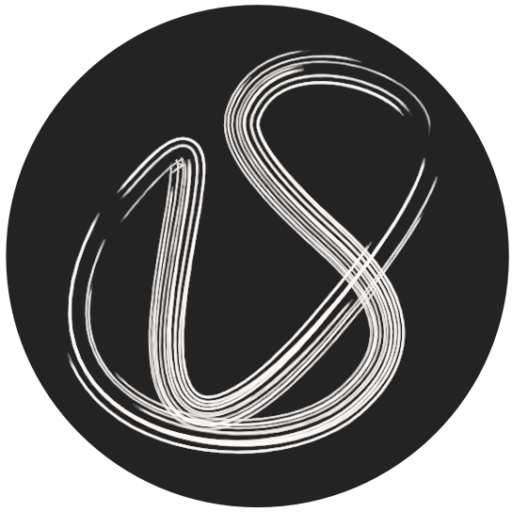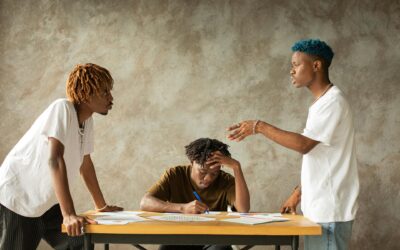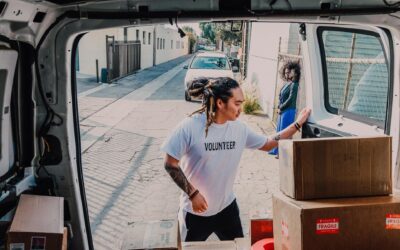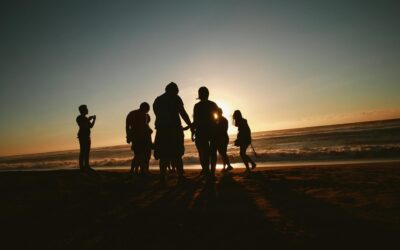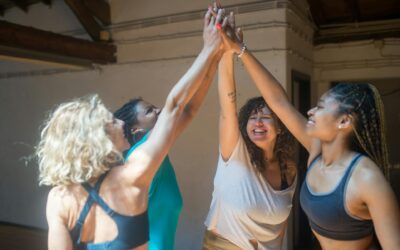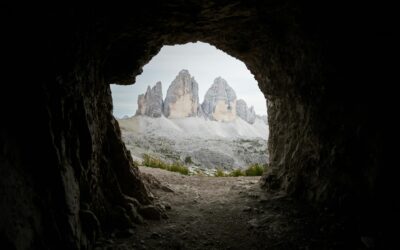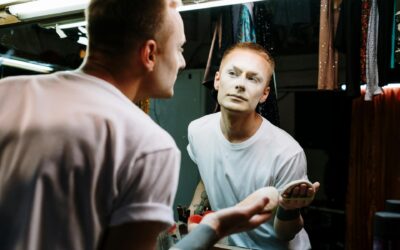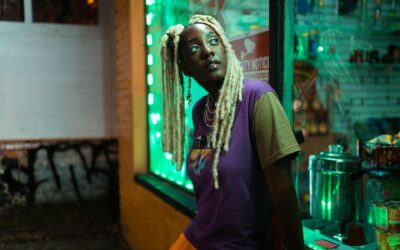Photo by Lucas Allmann on Pexels.
← CHAPTER OVERVIEW
On Freedom, Responsibility and our nature
Dear Creatrix,
What do you think about what we learned from the last lesson?
And I am saying we here very consciously, as I’m finding so much more clarity from bringing all these thoughts together and writing them down as well.
I love how much inspiration becomes available when I sit down to write these lessons as well, to take me to places I’ve also never been before.
But today, for a moment, I’d like to take you back to my past and to a podcast I made some years ago called finding freedom.
For it, I interviewed 25 people about what freedom meant to them, and because I’m me, turned that into an arty and powerful audio collage, that you are very invited to listen to as well.
At the time, I didn’t just interview all these lovely people, I also did a lot of research into what ancient wisdom and different philosophers thought on the subject of freedom and what it really entails.
And what I found out really became the basis for the CREATRIX School, my life and my work.
What I live and teach is built on two pillars, which in a way are also just two sides of the same coin.
The first pillar on which this house is built comes from Buddhism and is the idea that freedom lies in the moment between a trigger and our reaction – because how we react to the trigger changes everything.
When we’re not conscious, we react on autopilot, in the way we learned to react from biology, our family, our culture, our surroundings – when we become conscious, we can choose our reaction and therefore change our fate.
The other one is the idea that freedom comes as a double pack and is paired with responsibility.
There is no freedom without responsibility, the same way that there’s no freedom without consciousness.
Yet, often, we imagine freedom as the absence of responsibility.
As children, if we are lucky, we can feel free and also don’t have responsibility because a responsible adult shoulders the responsibility for themselves and ourselves, yet the responsibility is still had by someone – it’s just not us.
And when we don’t have the responsibility, we have to deal with a lot of: “No”s – or “Careful”s as we irresponsibly run through the world, in order to not fall off a cliff or run in front of a car.
The same is true for us as adults, the more responsibility we give to other people, the state, our boss, doctors, etc. the less freedom we have to decide for ourselves.
Currently, if you have a job, for example, you expect a pay cheque every month, and in exchange for that pay cheque you have to fulfil what is required in your job description.
Depending on what you are doing, your income is not linked to how much you sell or how well you work, but agreed upon beforehand, and you just have to meet the minimum requirements, so you don’t get laid off.
The responsibility to make the company or business sustainable is with someone else.
In this system, you don’t have the freedom to decide when you work and how, you might have some freedom, but you give some of your freedom away in exchange for money.
When I lived in Ukraine, in 2000/2001, most people in the village did not have a stable job and depended on what they were growing on their fields to sustain themselves.
That meant they also depended on the weather and the availability of seeds and so on to survive.
They were free in the sense that they did not have anyone to report to, but it didn’t feel like freedom because the resources were so limited that they were all constantly struggling to survive.
Twelve years later, when I was back to visit, I overheard a woman, who now had a job in a factory, say that she would never go back.
They might have had more time then, but now she can go on a holiday without being afraid that her goat will starve if she stays away too long – she has less responsibility and enjoys this new freedom as a result.
This might seem contradictory to what I’ve said before, and honestly, until a second ago, I had no idea where this was going either, but just hang on for another second.
Studies have shown that our quality of life gets better exponentially to our income – until, in the US, people reach an annual income of a $100,000.
This might fluctuate according to the places we live or inflation, but the bottom line is that there is a certain level that can be reached, where your life quality can’t improve any more by making more money.
And I would argue the same is true for freedom and for responsibility.
Here’s why.
If you live in a situation where you struggle to survive on your own, like the people in the village in Ukraine, like the mother with 20 children, from the last lesson, like a mother with one child and no resources, like the person with mental health issues, like someone who is sick and dependent on help, like any person who lives mostly unconsciously – there is no freedom in being responsible for yourself because you don’t know how to change your situation.
You only start to experience the correlation of responsibility and freedom once you are conscious enough to also know what to do with it.
So we have the structures we currently have because they are and were needed because until now, most people weren’t conscious enough to handle the responsibility for their lives, their income, their choices – themselves.
There have always been exceptions, those are the ones who created change, who founded businesses and so on, the ones who took on responsibility for more than just themselves.
So everything always comes back to the question of: What do we want?
What do we want for ourselves as individuals, and what do we want on a collective level?
And it’s OK to be wherever we are as people.
Maybe in this lifetime you don’t want to take on responsibility for more people than yourself, perhaps you don’t even want to take on full responsibility for yourself.
You have free will and the choice is always yours.
But if you are here, on this website and (interested) in the CREATRIX School, I would guess that you want to learn what it takes to safely, respectfully, wisely and consciously also help others become more conscious – and that might mean, for the time being, to take on responsibility for more than just yourself.
Yesterday we looked at how the only way to change the prison system, a system that locks up ‘bad people’ instead of nourishing and reeducating hurt people back into health and showing them how to act responsibly – is by taking on more responsibility ourselves – by healing ourselves so we can help others heal as well.
And the same is true for every other problem we see.
When we look at history and the past, we, as humans, have more often than not used violence to try and change a system.
It’s still used in the wars and many personal interactions we see today – but we do have alternatives now, though not everyone knows about this yet.
And I think helping people see these new opportunities is precisely where our responsibility lies.
While revolutions might have created some change, they’ve also created a lot of violence and pain and fear.
And they often do not create the change that was hoped for – because building up new structures and alternatives to current systems takes time.
If a system change is based on violence, more wounds have to be healed, and if real alternatives, for the greatest good of all, have not been made up and established, often it simply leads to a change in which group is in power and favoured, but it does not create real and lasting change or more equality.
This leads us back to, what I’ve said before – we can’t just be against something.
We can use our judgement (this is going to be my new spiritual practice now, for real!) to say that we don’t like racism, sexism or whatever because it’s mean and hurtful and does not bring about positive change for all – and then we can focus on what we want instead and find out what the steps are, that we need to take to get there.
This way, we don’t have to be against other people, but can focus on creating an alternative that is so beautiful and enticing, and inviting to all, that we can even convince the doubters.
And when we do this, bit by bit, step by step, we raise our collective consciousness, inviting more people in to join, gently, consciously creating change and more options where we can, and through that, automatically also raise the level by which we can act and be responsibly – and then can therefore live more freely.
But we first had to build what we have now, to get out of the struggle for survival. From here, now we get to create what can come next.
So, today, before we move on to look at what each of our unique superpowers are and how we can use them in the best possible way to contribute to our communities and to the highest good of all next week – I’d like to talk about one more essential thing, that will help us be more aware in our community interactions.
And that is our role as humans in nature, in this world.
Photo by Tobias Bjørkli
This morning I looked at my shampoo, and it said that it was made with 99% natural ingredients.
I laughed and wondered where this other…
